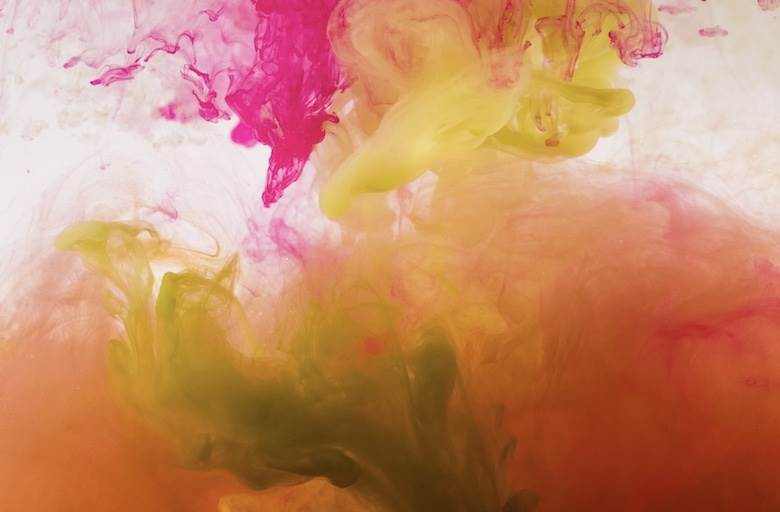Low liquor ratio equals salt-free cellulosic dyeing

A research team led by Professor SM Burkinshaw, textile chemistry chair and senior fellow at the University of Leeds, recently achieved a breakthrough in the field of cellulosic fibre dyeing.
Speaking with Ecotextile, Professor Burkinshaw commented: “Everything I have taught about salt and reactive dyeing [so far] is wrong.”
The team discovered that low liquor ratios of roughly 2:1 mean that there is no need to add salt to achieve a genuine dye reaction, the publication stated. Further, only “slightly” more water than is necessary for wetting out the substrate is needed to get uniformity of dyeing. (Dyes are unable to escape the attraction of the cellulosic fibres prior to being fixed with alkali at this ratio.)
The main challenge was said to be introducing dye and fixation alkali to the dye machine without upsetting the crucial liquor ratio.
Reportedly, the technology has already met with success during trials with conventional fabric dyeing machines and it is expected to be well-suited for garment dyeing.
Image: Engin Akyurt via Unsplash.








